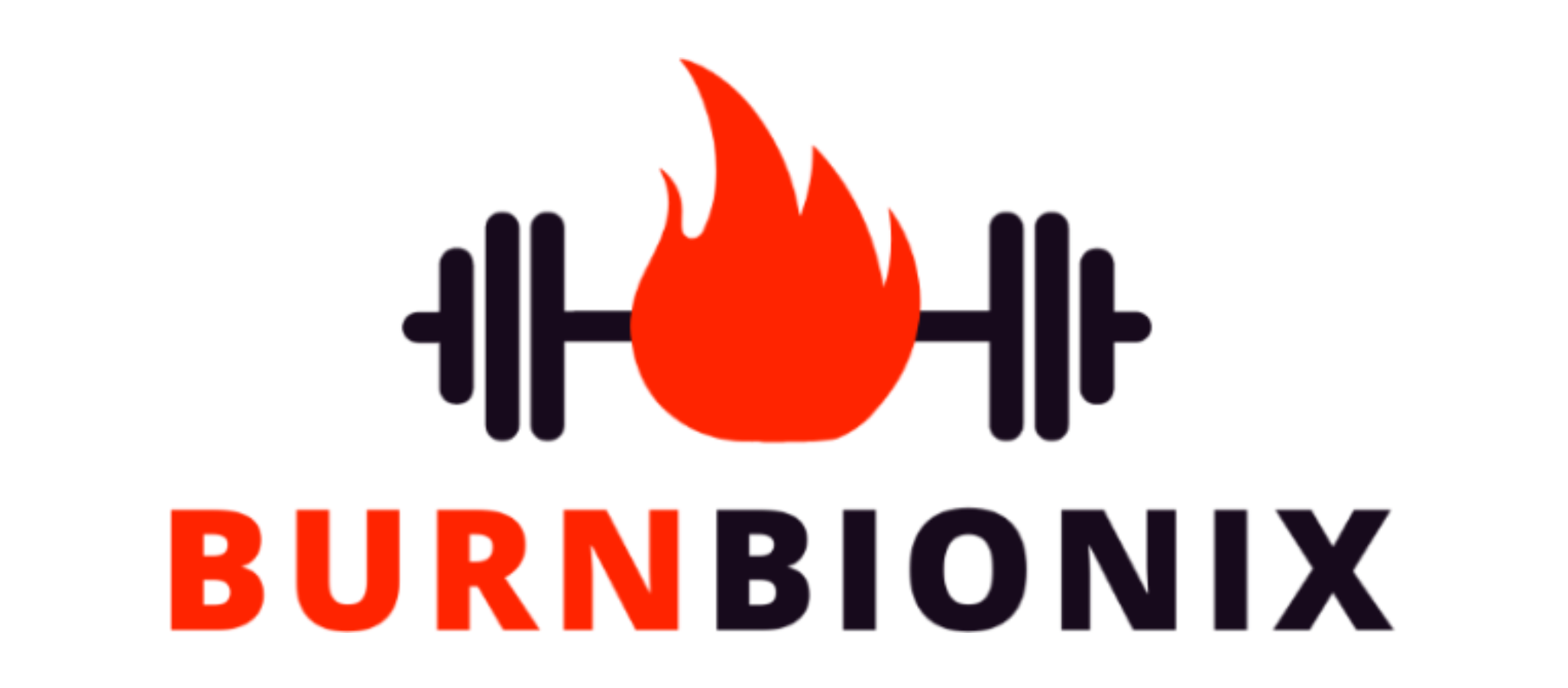In the world of fitness, sugar isn’t always the villain it’s often made out to be. In fact, it plays a pivotal role in fueling our muscles before a strenuous workout and aids in recovery post-exercise. But here’s the catch – the timing and amount matter significantly. In this article, we’ll delve into the intriguing science of sugar consumption around workouts. We’ll unravel how and when to incorporate sugar into your fitness routine for optimal performance and recovery. So let’s shake off the sugar stereotypes and get ready for a sweet journey into workout nutrition!
While sugar has gotten a bad reputation in recent years, it can play an important role in fueling and recovering from exercise when consumed in moderation. This article will examine the science behind using sugar strategically around workouts. We’ll explore how consuming the right types and amounts of sugar before and after your workout can provide your muscles with energy, aid recovery, and support your fitness goals. You’ll learn when and how much sugar to consume around exercise to maximize performance without overdoing it on the sweet stuff.
The Science of Sugar in the Body
Sugar, in its many forms, is more than just a sweet treat. It’s a key player in the intricate game of energy production in our bodies. When we consume sugar, it gets broken down into glucose, the body’s primary energy source. This glucose is either used immediately for energy, stored in the liver and muscles as glycogen for later use, or converted into fat if we’ve hit our glycogen storage limit.
Now, let’s talk about how sugar steps up during physical activity. As we begin to exercise, our body starts tapping into the stored glycogen reserves for energy. The harder and longer the workout, the more glycogen is consumed. Consuming sugar before or during exercise can provide a quick energy boost, keeping us from hitting that dreaded wall of fatigue.
But here’s where things get interesting – the relationship between sugar, insulin, and energy levels. When we consume sugar, our body releases insulin to help shuttle glucose into cells for energy production or storage. During exercise, insulin levels drop, allowing more glucose to be available for muscles. However, too much sugar can lead to an insulin spike, causing a subsequent crash in energy levels – a phenomenon we often refer to as a ‘sugar crash’.
So, it’s clear that sugar is more than just sweetness on our tongues. It’s a vital cog in the energy machinery of our bodies, especially during physical activity. Understanding this science can help us leverage sugar effectively in our workout nutrition.
Pre-Workout: Sugar as Fuel
Eating a small amount of sugar about 30-60 minutes before your workout can provide a useful energy boost. The carbs are broken down into glucose and absorbed quickly to supply immediate fuel for exercise. Research shows consuming 30-60 grams of carbs within an hour pre-workout significantly improves athletic performance.
The benefits of a pre-workout sugar boost include delayed fatigue, allowing you to exercise longer at a higher intensity. Consuming carbs pre-workout tops off glycogen stores, providing extra energy to power through your workout. Sugar also blunts the release of cortisol, a catabolic hormone that breaks down muscle tissue.
However, there are some potential drawbacks to consider. Consuming too much sugar too soon before your workout may cause an energy crash mid-session as insulin levels spike then plummet. High sugar pre-workout snacks like candy bars can also cause stomach upset. And going overboard on sugar pre-workout can hinder fat burning during your session.
To optimize the benefits while minimizing drawbacks, consume 30-60 grams of fast-digesting, low-fiber carbs 30-60 minutes pre-workout. Good options include fruit, fruit juice, sports drinks, energy gels, or low-fat yogurt. Time it right to avoid an energy crash. And pair your pre-workout sugar with protein to help control energy release. A little sugar at the right time provides the fuel to crush your workout.
Post-Workout: Sugar for Recovery
Replenishing your body’s sugar stores after exercise is key for optimal recovery. During your workout, glycogen is broken down to provide energy. Consuming fast-digesting carbs post-workout helps rapidly restore depleted glycogen levels. Research shows consuming 1-1.2 grams of carbs per kg of body weight within 30 minutes after training significantly increases glycogen resynthesis.
Benefits of post-workout sugar intake include quicker refueling to recover energy stores. Sugar consumed after exercise also triggers the release of insulin to help transport glucose into muscle cells, aiding growth and repair. Replenishing glycogen preps your body for the next bout of exercise. Some research also suggests post-workout carbs may boost the immune system.
However, easy-to-digest sugary snacks aren’t your only recovery option. Whole food sources of carbs like sweet potatoes, quinoa and oats work too. And spiking insulin levels post-workout via sugar may inhibit fat burning for a period of time. For the best results, aim for 30-60 grams of fast-acting carbs within 30 minutes after your session, followed by a nutritious meal within two hours.
Good post-workout sugar sources include chocolate milk, fruit, juice, sports drinks, bananas, and energy bars. Time it right to optimize refueling without hindering fat burning. Pair sugary carbs with protein to control energy release. Consumed strategically, sugar is a key ingredient for optimal recovery.
Practical Tips for Consuming Sugar Pre and Post-Workout
To harness sugar’s energy-boosting power, consume 30-60 grams of fast-digesting carbs 30-60 minutes pre-workout and within 30 minutes post-workout. Good real food options include bananas, berries, apples, and yogurt. Alternatives like honey, maple syrup, and dried fruits work too.
For easy fueling, try sipping a fruit smoothie pre-workout and chocolate milk post-workout. Portable processed options like energy gels, bars and chews make sugar intake convenient. Pair your pre/post-workout sugar with protein for sustained energy. Experiment to find the optimal sugar sources and timing strategies to boost your performance, refuel efficiently, and reach your fitness goals.
Final Thoughts
When used strategically, sugar can be a useful tool to boost your workouts. Consuming the right types and amounts before and after exercise provides energy, aids recovery, and supports your fitness goals. Experiment to find the optimal sugar sources and timing around your workouts. With a little sweetness before and after your sessions, you’ll be on your way to better performance.









